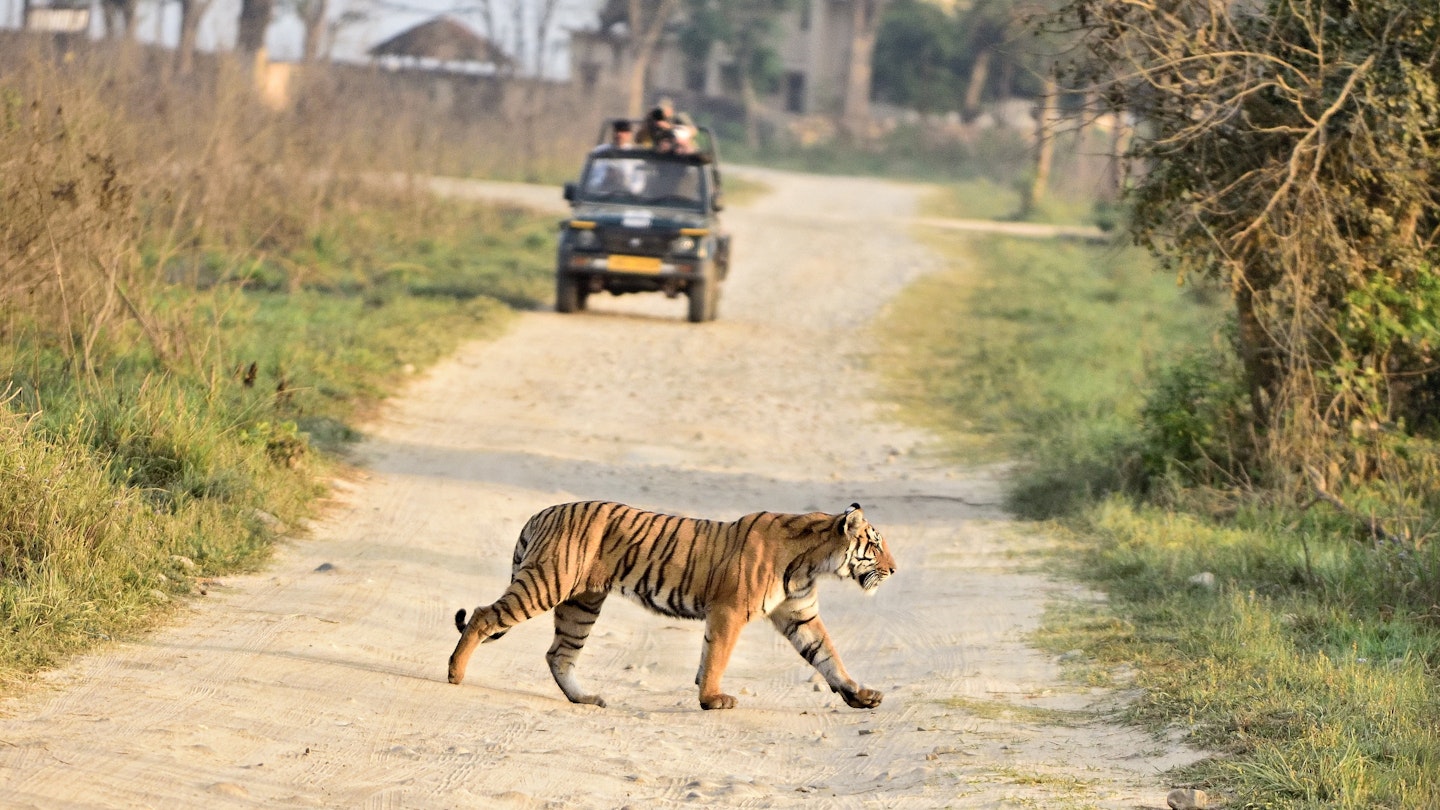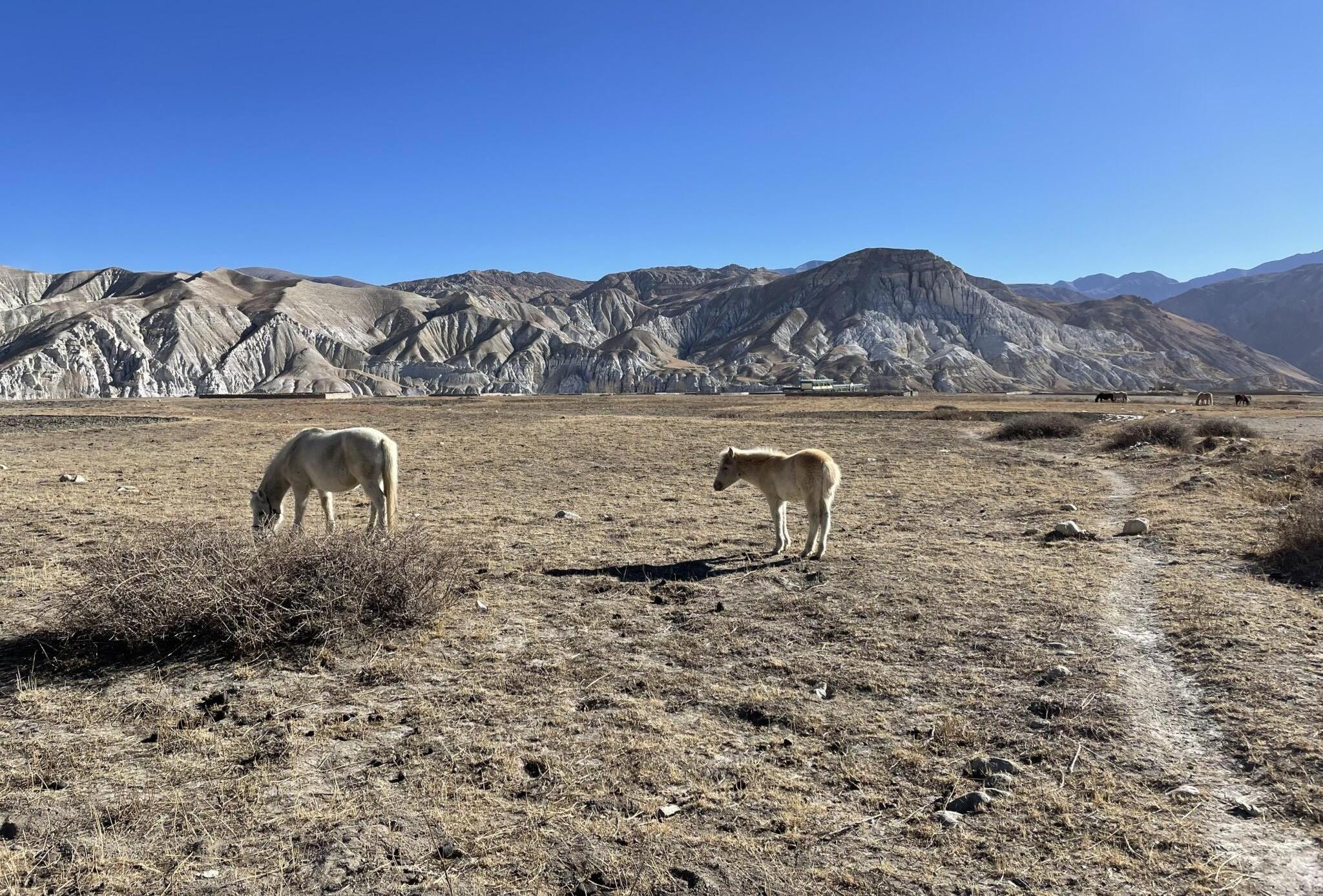Top Places to Spot Tigers in the Wild
With only about 3,900 tigers left in the wild, spotting one of these majestic apex predators can be an unforgettable experience. Unfortunately, the modern world has posed significant challenges for their survival, leading to the extinction of three tiger subspecies in recent history. However, there is hope as populations of Bengal and Siberian tigers have shown signs of recovery, thanks in part to better tourism infrastructure that promotes responsible wildlife encounters. Such experiences are far more sustainable compared to visiting captive-tiger facilities that have faced scrutiny for animal abuse.
1. Jim Corbett National Park, India
Established in 1936, Jim Corbett National Park is India’s first national park and a haven for tigers. It is located in Uttarakhand and has seen a significant rebound in tiger numbers, with about 225 tigers reported in the park’s various habitats.
- Safari Experience: Opt for Jeep or Canter safaris across the park’s five designated zones, which are managed by India’s forest department to ensure even distribution of wildlife viewing.
- Other Wildlife: Expect to see Indian elephants, leopards, sloth bears, and several deer species.
- Best Time to Visit: April to June offers the best chances of spotting tigers, especially as they venture out for water in the scorching heat.

2. The Sundarbans, Bangladesh
The Sundarbans, the largest mangrove forest in the world, is home to about 114 Bengal tigers. This intricate maze of tidal waterways is primarily accessible from the Bangladeshi side for better opportunities to spot these elusive creatures.
- Safari Details: Multi-day boat tours depart from Khulna, allowing travelers to explore both on foot and by smaller boats for tiger tracking.
- Other Wildlife: Saltwater crocodiles and over 260 species of birds inhabit this area.
- Optimal Visiting Time: The cooler months from October to March are ideal for comfortable explorations.

3. Chitwan National Park, Nepal
Chitwan National Park is a UNESCO World Heritage Site located near the India-Nepal border. Home to one-horned rhinoceroses and Bengal tigers, it boasts a rich biodiversity.
- Safari Options: Travel packages through private tour companies offer all-wheel-drive safaris alongside walking and elephant-back experiences.
- Wildlife Variety: Expect to see not just tigers, but also other mammals like elephants and pangolins.
- Best Time to Visit: The October to March period is most favorable, although April and May increase the chances for sightings.

4. Madhya Pradesh, India
Madhya Pradesh is recognized as India’s “Tiger State” with around 50 tiger reserves. Some of the most accessible reserves include Kanha and Bandhavgarh.
- Safari Logistics: Safaris are typically organized in Gypsies, with morning and afternoon drives being the norm.
- Diverse Wildlife: Look for deer species, raptors, and potentially a bear or jungle cat.
- Best Time to Visit: April and May, right before the monsoon season, often yield the best visibility, especially at water holes.

5. Royal Manas National Park, Bhutan
Royal Manas, Bhutan’s first national park and a UNESCO Natural World Heritage site, showcases a high density of tigers along with many other endangered species.
- Safari Availability: While limited, there are options for guided tours focusing on nature and wildlife.
- Additional Wildlife: Rare species like clouded leopards and pygmy hogs can be seen throughout the park.
- Ideal Visiting Months: Visit from November to February for the best weather, with summer increasing tiger sighting possibilities.

6. Ranthambore National Park, India
Ranthambore, covering 330,000 acres, is among India’s largest national parks and is renowned for its cultural landmarks alongside its rich wildlife diversity.
- Safari Mechanics: Most tours can be arranged in either a Jeep or Canter, with varying availability based on bookings.
- Other Attractions: Visitors can explore ancient temples and ruins found within the park.
- Recommended Visiting Time: For the best experiences, aim for February to June, with peak visibility in the hotter months.

7. Bardia National Park, Nepal
Bardia National Park, located in a remote northwest region of Nepal, has benefited from intensive conservation efforts, now home to around 80 tigers.
- Safari Options: Both walking and 4WD safaris are available, providing varied experiences based on preference.
- Other Wildlife Sightings: Expect to encounter greater one-horned rhinos and various deer species.
- Best Time for Visits: Year-round opening makes it easier to spot wildlife, especially during the hot season.

8. Tadoba National Park, India
Located in Maharashtra, Tadoba Andhari Tiger Reserve is less frequented but boasts a healthy tiger population, making it a prime location for wildlife enthusiasts.
- Safari Experience: Jeep safaris are conducted in designated zones during winter and summer, with options for Canter safaris for budget travelers.
- Additional Wildlife: Keep an eye out for leopards, sloth bears, and local reptiles.
- Ideal Visiting Period: March to May is preferred to maximize tiger sighting opportunities as the weather peaks.






